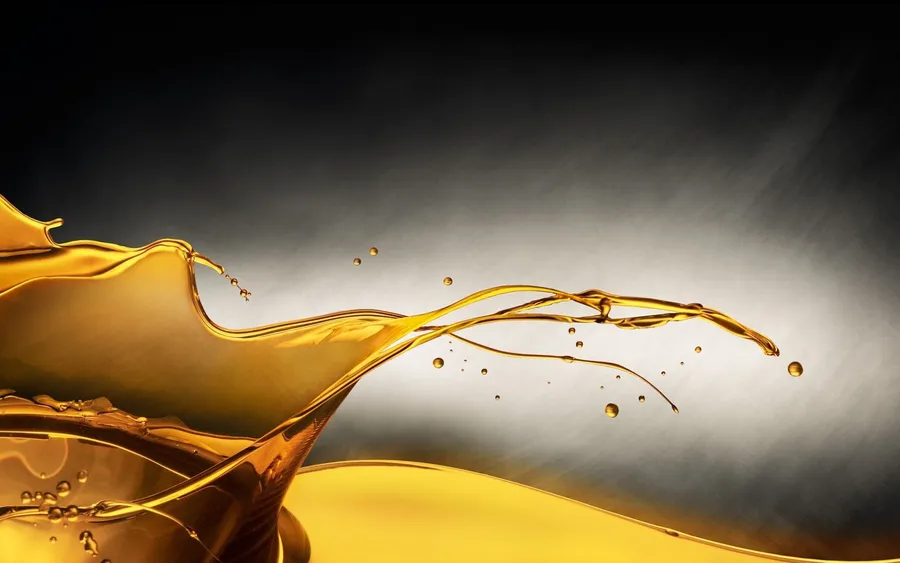
Base oils are used to manufacture products including lubricating greases, motor oil and metal processing fluids. Different products require different compositions and properties in the oil. One of the most important factors is the liquid’s viscosity at various temperatures. Whether or not a crude oil is suitable to be made into a base oil, is determined by the concentration of base oil molecules as well as how easily these can be extracted.
Base oil is produced by means of refining crude oil. crude oil is heated in order that various distillates can be separated from one another. During the heating process, light and heavy hydrocarbons are separated, the light ones can be refined to make petrol and other fuels, while the heavier ones are suitable for bitumen and base oils.
The most common crude oil is a type of paraffinic, although there are also naphthenic crude oils,that create products with better solubility and very good properties at low temperatures. By using hydrogenation technology, in which sulfur and aromatics are removed using hydrogen under high pressure, extremely pure base oils can be obtained, which are suitable when quality requirements are particularly stringent.
Chemical substances additives are added to the base oil; in order to meet the quality requirements for the end products in terms of, for example, friction and cleaning properties. Certain types of motor oils contain more than twenty percent additives.
Production of mineral base oils
Mineral base oils are first distilled from petroleum, and they comprise the 26-40 carbon fraction. Aromatic compounds; are initially removed by solvent extraction. The distillation cut is mixed with an immiscible solvent, such as phenol or furfural. This solvent preferentially dissolves aromatic compounds well, and the aromatic compounds are separated together with the solvent.
Long chain alkanes form waxes that precipitate at relatively high temperature. They are removed either by crystallizing the waxes at low temperature, or they can be isomerized to branched alkanes. Various levels of hydrogenation; are used thereafter to remove any remaining aromatic compounds, and residual heteroatoms (in the form of nitrogen and sulfur compounds).
Very generally, heteroatoms (as nitrogen and sulfur compounds) and aromatic compounds are removed as the base oil is hydrogenated from Group I through Group III. Reduction in heteroatoms reduces formation of acids when engine oils are exposed to the combustion environment, acids being corrosive to the engine. The reduction in aromatic compounds improves the oxidative stability of the oil, delaying formation of sludge and varnish. Yet both effects lead to the oil becoming less polar, making it a poorer solvent for both the additive package of an engine oil, as well as accumulated oxidation byproducts.





